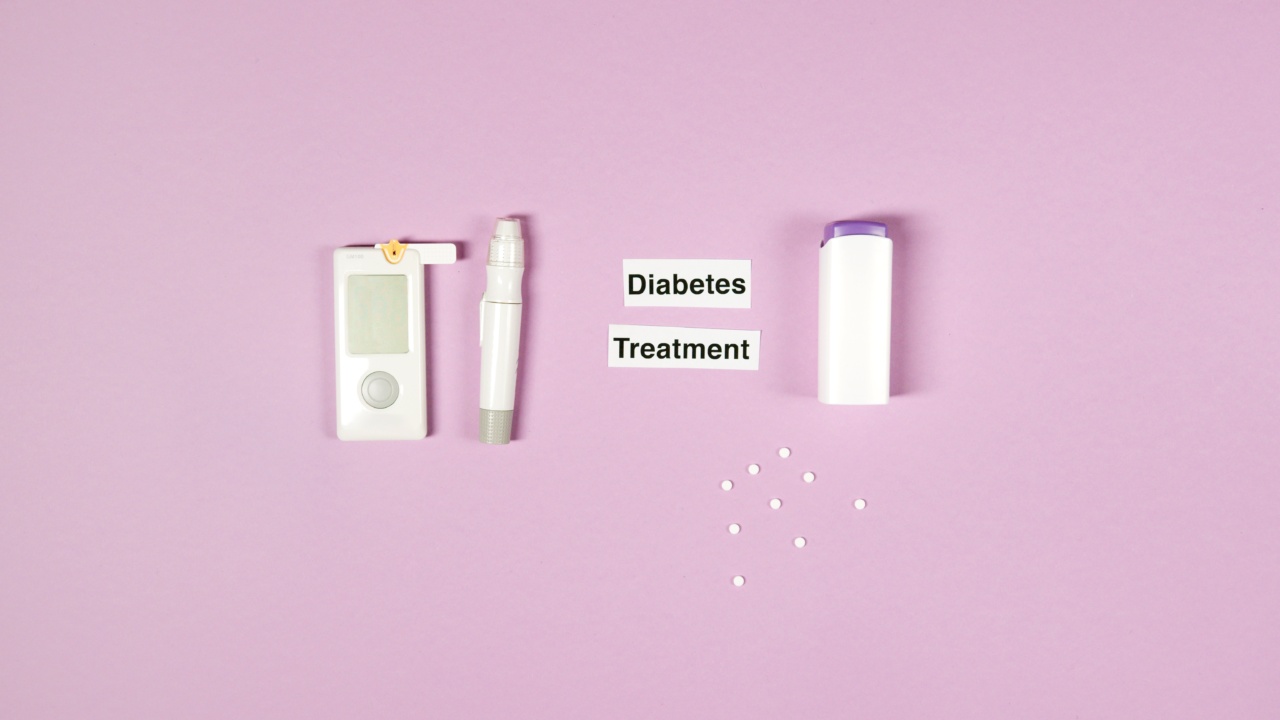In recent years, autism spectrum disorder (ASD) has become an increasingly prevalent condition affecting children worldwide.
Characterized by difficulties with social interaction, communication, and repetitive behaviors, autism presents significant challenges for both individuals and their families. Despite its prevalence, accurate and early diagnosis of autism has remained a complex task, relying heavily on behavioral assessments and subjective evaluations.
However, a promising breakthrough has emerged with the development of a blood test that could offer hope for more accurate autism diagnosis.
The current challenges of autism diagnosis
Currently, autism diagnosis relies on a variety of assessments, including behavioral evaluations, medical history assessments, and observation of behavioral and developmental patterns.
While these methods have been effective to some extent, they are often subjective and can lead to misdiagnosis or delay in diagnosis, negatively impacting early intervention and support. Moreover, identifying autism in very young children or those with limited communication skills can be particularly challenging.
Another significant challenge is the lack of reliable biomarkers or medical tests to aid in the diagnosis of autism.
Many neurodevelopmental disorders, including autism, are complex and arise from a combination of genetic, environmental, and neurobiological factors. This complexity has made it difficult to pinpoint specific biomarkers or genetic indicators that could assist in early and accurate diagnosis.
Breakthrough blood tests revolutionizing autism diagnosis
Researchers around the world have been diligently working to find a more objective and reliable way to diagnose autism.
One significant breakthrough came with the development of blood tests that analyze specific biomarkers associated with autism spectrum disorder.
These blood tests primarily focus on identifying genetic abnormalities and alterations in certain proteins that may be linked to autism.
By analyzing the blood samples of individuals suspected to have autism, researchers can identify patterns and markers that distinguish them from neurotypical individuals.
Promising results from recent studies
In recent studies, blood tests analyzing specific biomarkers have shown promising results in differentiating individuals with autism from those without the condition.
One study conducted at the University of Warwick analyzed blood samples from over 300 children, both with and without autism. The researchers identified nine specific biomarkers that were significantly different between the two groups, offering potential for early and accurate diagnosis.
Another study, conducted by researchers at the University of California, found 16 genes associated with autism that were significantly altered in individuals with the condition.
These genes are involved in various biological processes, including neural development and synaptic function.
The potential benefits of accurate autism diagnosis
Achieving more accurate and early diagnosis of autism through blood tests would have significant benefits for both affected individuals and their families.
Early intervention and targeted therapies are vital for improving outcomes and helping individuals with autism reach their fullest potential. Early diagnosis would enable families to access necessary resources, therapies, and educational support tailored to the child’s specific needs.
Moreover, accurate diagnosis would reduce the stress and emotional burden on families who are often left grappling with uncertainty and confusion surrounding their child’s developmental challenges.
It would also provide a clearer path for healthcare providers to develop personalized treatment plans that address the unique needs of each individual with autism.
The road ahead and potential challenges
While the development of blood tests as a diagnostic tool for autism is promising, there are still challenges and considerations to address before they can be implemented on a large scale.
One of the primary concerns is the cost-effectiveness of these tests, as they may initially be more expensive than traditional diagnostic methods.
Another challenge is ensuring the accessibility of these blood tests to all individuals suspected of having autism, particularly those in low-income or underserved areas.
Efforts would need to be made to make these tests affordable and available to a wide range of communities, ensuring equitable access to accurate diagnosis.
Furthermore, further research is required to refine and validate the identified biomarkers associated with autism to ensure their accuracy and reliability.
Collaborative efforts between researchers, clinicians, and regulatory bodies are necessary to establish standardized protocols and guidelines for the utilization of blood tests in autism diagnosis.
Conclusion
The development of a breakthrough blood test for autism diagnosis offers hope for a more accurate and timely identification of individuals with autism spectrum disorder.
By analyzing specific biomarkers, these blood tests have the potential to revolutionize the way autism is diagnosed, facilitating early intervention and personalized treatment plans. While there are challenges to overcome, the potential benefits for affected individuals and their families cannot be understated.
With ongoing research and collaborative efforts, we may witness a significant transformation in autism diagnosis, improving the lives of millions worldwide.






























